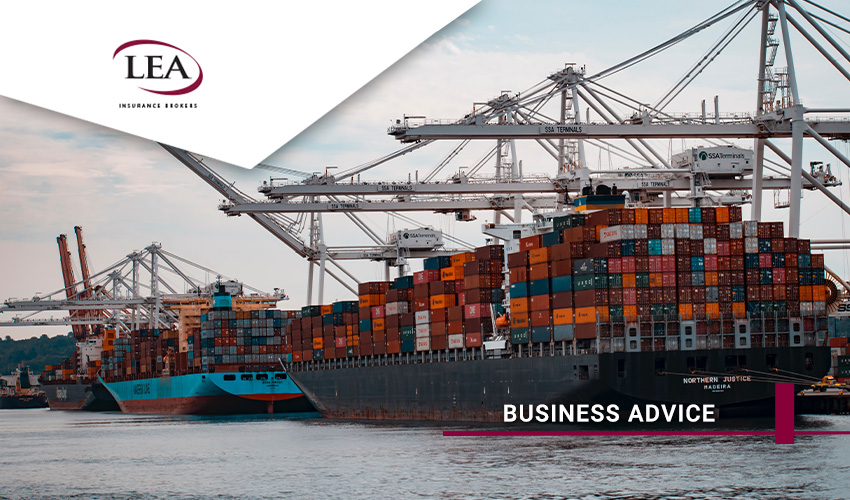
Why freight costs more and what you can do about it
Ballooning shipping container costs, unpredictable arrival dates and the US Postal Service suspending most of its deliveries to Australia are among the freight headaches for businesses this year.
The global maritime authority on container freight rates on major routes, Drewry, says every carrier they track had increased margins. Some by more than 50%. It forecasts freight costs won’t “normalise” until the end of next year.
So why are shipping costs soaring and how can your business manage them and stay viable?
The effect of COVID on sea freight
Ports account for 98% of Australia’s trade, according to Ports Australia. Here’s how the pandemic continues to be a seismic disruptor to supply chains that involve ocean voyages directly and indirectly:
- Exponential online consumer demand for more products to be shipped
- Unpredictable sailing schedules
- Containers and container equipment have become more scarce and pricier (here’s why)
- Carriers ‘bumping’ your freight and not moving it because they’re secured a better price
- Ports and terminals are congested ‘parking lots’ for ships/carriers, containers and boxes
- Waves of COVID-19 infections, social distancing rules, and shutdowns create labour shortages which disrupt workflows
- Shipping companies have skipped ports of call, cancelled planned sailings and diverted to other countries
- There are fewer truck drivers
- Warehousing space is low
- Congestion worsened when a massive cargo ship was stuck in Egypt’s Suez Canal in March.
Apart from the impact of COVID-19, there are only a few fully automated terminals around the world. This is because the uptake of this technology has been slow and patchy. Slower workflows could also be due to Australian port workers being highly unionised and able to take protected industrial action under the Fair Work Act 2009.
Few alternatives to ocean freight
So what are your other options to move freight?
Unfortunately, air, train or Silk-Road alternative freight routes now have higher tariffs and limited capacity. That’s not stopping some steel importers who are paying a hefty price to fly their supplies in.
Even manufacturing machinery and consumer items such as soap and moisturiser are going by plane. Airfreight is being dubbed an ‘emergency go-to’ for importers, says The Australian Financial Review. Fewer flights are coming in or out of Australia.
Supply chains in disarray
Supply chains are buckling. Waves of COVID continue to disrupt freight. An example was the mid-year shutdown of a Chinese port in Shenzhen that lasted a month. Some companies are overordering to build a buffer, but are left with excess stock if demand dips, such as after Christmas. That practice adds more volatility in the freight sector because it’s harder to see true trends to base forecasts.
A serious concern is the impact on vulnerable, essential and critical supply chains. This is according to an investigation by the Productivity Commission. When such chains are disrupted, it jeopardises the functioning of the economy, national security, as well as Australians’ wellbeing, the commission says. It suggests managing upstream supply chain risks by:
- Stockpiling
- Diversifying markets or suppliers
- Taking on contingent marketing
- Developing domestic capacity.
Will Santa deliver?
What are the likely impacts for pre-Christmas deliveries and dispatches?
Australia imported $13.1B of goods from China, our largest trading partner, which accounts for a quarter of our manufactured imports, in 2021. It’s expected to almost triple this year. The deluge is seeing Australian retailers forced to order supplies up to 18 months in advance, but they face unpredictable delivery time frames.
Managing your risks
Another way to manage these risks is insurance. Such cover protects you for:
- Loss or damage to the vessel or your goods while they’re in transit using any transport method (sea, rail, or air)
- Moving the goods from producer to retailer
- Transporting stock from warehouses and stock transfers.
We can guide you on whether an all-risk policy or named perils policy would be the best fit for your business. An all-risk policy is broad, so it protects you against all losses except those the policy expressly excludes. Meanwhile, a named perils policy covers explicitly named perils, typically burning, sinking, stranding and collision. Let us help customise cover for you in these uncertain times.
